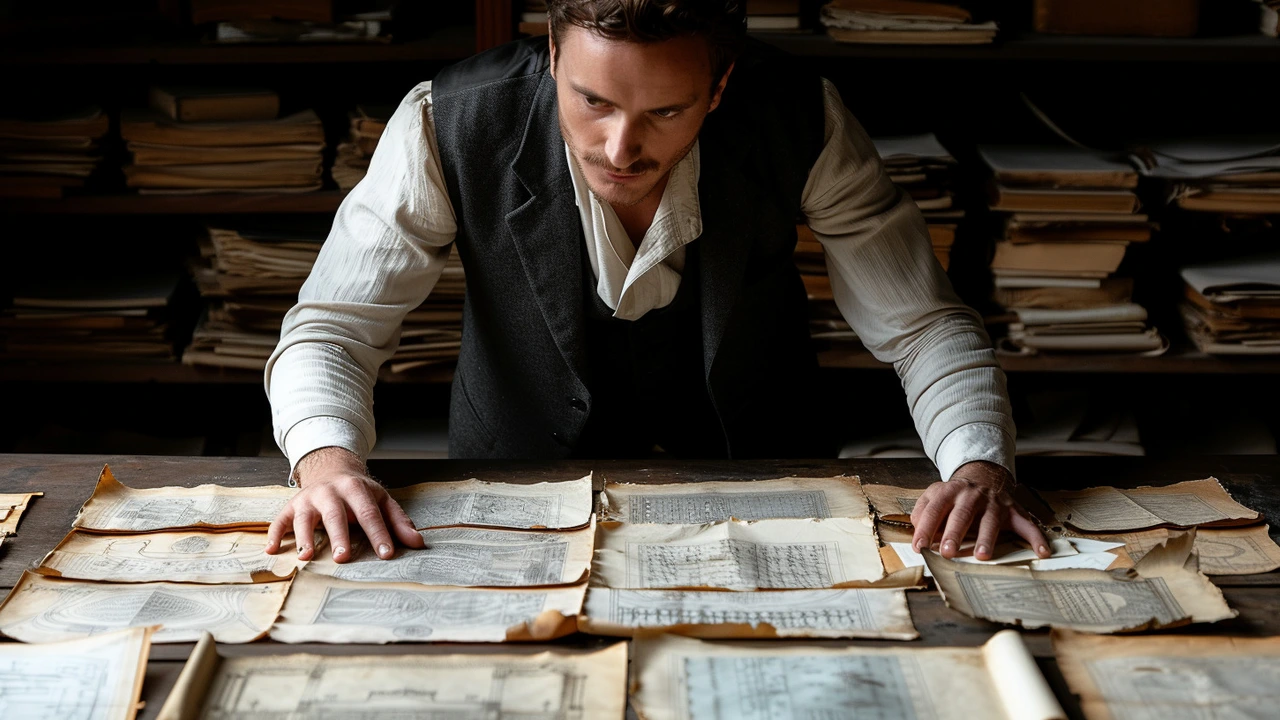Baroque Period: How Its Drama Shapes Art & Architecture
The Baroque period exploded across Europe in the 17th century, and its energy still pops in churches, palaces, and paintings today. Think bold curves, heavy ornament, and scenes that feel like they move. Artists and architects wanted to grab attention fast — they used light, shadow, and scale to make people feel something. Baroque often linked to power: rulers and the church used it to impress or persuade.
Architecture shows this in curved facades, dramatic staircases, and huge domes. Interiors pack surfaces with paintings, gilding, and sculptures that blur borders between art and structure. Look at movement: stairways that twist, ceilings that open into painted skies, altars that reach out to the viewer. Builders mixed engineering cleverness with theatrical effects to stage a message.
Baroque painting uses strong contrasts of light and dark to heighten drama. Rubens, Caravaggio, and Bernini found different routes to the same goal: pull the viewer into a single intense moment. That made stories easy to read and emotions immediate. Even secular buildings borrowed the style to signal wealth, taste, or political might.
Where can you see Baroque now? Big examples are St. Peter’s Basilica in Rome and the Palace of Versailles outside Paris. But Baroque pops in smaller towns too — local cathedrals, town halls, and theaters carry the same language. Museums hold the paintings and sculptures, and guided walks often point out Baroque touches you’d miss on your own.
Baroque architecture in practice
Designers used patterns to guide the eye. Facades often stack columns, niches, and statues to create rhythm. Interiors focus the view on a single altar or hall with painted ceilings and layered decoration. Materials matter: marble, stucco, gold leaf, and colored stone add depth. Light often comes through high windows to sculpt forms and create theatrical shadows.
How to spot Baroque today
Walk slowly and look up. Curves beat straight lines here. If a ceiling looks like a stage set, you’re likely in Baroque territory. Check for dramatic light, intense facial expressions in sculptures, and painted scenes that continue architectural lines. When modern designers borrow Baroque, they often use its drama in lobby spaces, hotel staircases, or civic buildings to create a memorable first impression.
Want practical tips? Start by comparing before-and-after photos of restored Baroque sites to see how cleaning, structural fixes, and paint work bring details back. If you’re decorating, borrow Baroque’s sense of contrast rather than full ornament: pick a dramatic light fixture, a sweeping mirror, or a bold stair runner. For travel, join a short local tour focused on architecture or use an app that layers historical photos over modern views. Reading a short guidebook or listening to a 10-minute podcast episode on a building before you visit makes details pop. Seeing Baroque in person is the fastest teacher; once you know the language, small details start to stand out everywhere.
Baroque's drama lasts because it speaks to feeling — notice it, and old buildings talk back and feel history live.

The Art of Extravagance: Baroque Architecture
Hello there, fellow art aficionados! Ever wondered about the origins and elements of the flamboyant and flourishing style that is Baroque architecture? This post will take you on an exciting journey, delving into the Art of Extravagance in the world of Baroque architecture from its inception. We'll explore the distinctive features, renowned architects, and stunning masterpieces this compelling period in art history introduced. Buckle up for an extravagant immersion into the world of Baroque!
Read more